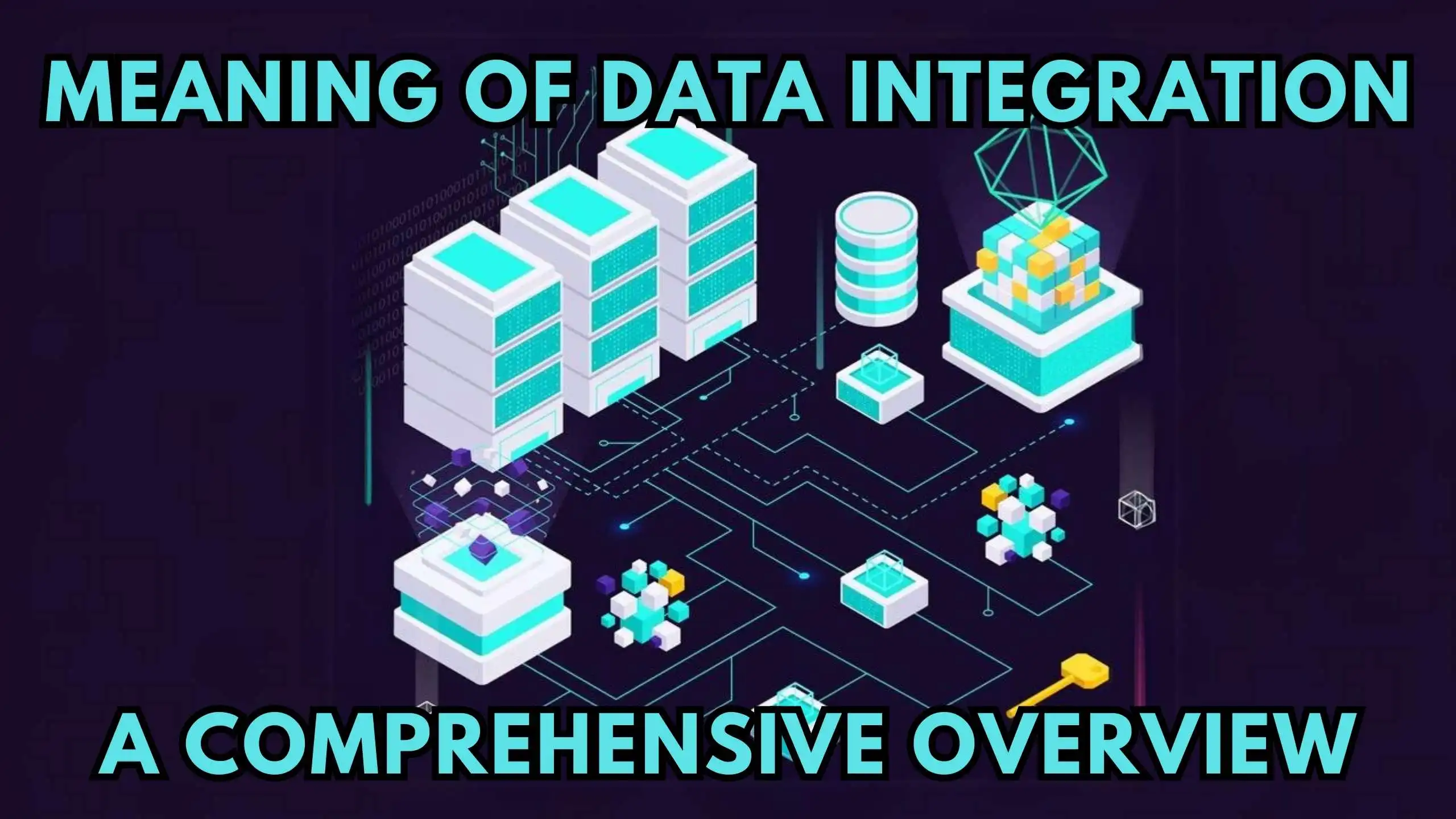Meaning of Data Integration: A Comprehensive Overview
- Data as a Service (DaaS) Software Marketing & Analytics


Meaning of Data Integration: A Comprehensive Overview
Understanding the intricate meaning of data integration is paramount in a world fueled by information. In this comprehensive overview, we will unravel the layers of data integration, exploring its significance, benefits, and challenges. Additionally, we’ll introduce you to five powerful SaaS tools, each playing a vital role in simplifying the complex landscape of data integration.
Demystifying Data Integration
At its core, data integration refers to the process of combining and unifying data from different sources into a coherent and accessible view. It involves the seamless flow of information across an organization, ensuring a holistic understanding of data and promoting informed decision-making.
The Significance of Data Integration
1. Enhancing Decision-Making
By consolidating data from various sources, organizations gain a comprehensive view, enabling leaders to make data-driven decisions. This holistic approach fosters a more accurate and insightful decision-making process.
2. Improving Operational Efficiency
Data integration streamlines processes by eliminating data silos and ensuring consistent and up-to-date information across departments. This efficiency results in improved collaboration and streamlined operations.
3. Accelerating Innovation
A unified data landscape facilitates innovation by providing a foundation for advanced analytics, machine learning, and other data-driven technologies. Organizations can stay ahead in a rapidly evolving landscape.
SaaS Tools for Seamless Data Integration
Now, let’s delve into the essential SaaS tools that can transform the way you approach data integration:
1. Informatica
Informatica offers a comprehensive data integration platform, allowing organizations to connect and integrate data from various sources. Its scalable and efficient solutions empower businesses to navigate the complexities of data integration effortlessly.
2. Talend
Talend provides an open-source data integration platform that simplifies the process of collecting, transforming, and combining data from different sources. Its user-friendly interface makes data integration accessible to a broader audience.
3. SnapLogic
SnapLogic is a cloud-based integration platform that enables organizations to connect applications, APIs, and data sources. Its visual interface and pre-built connectors accelerate the integration process.
4. Microsoft Azure Data Factory
Azure Data Factory is a cloud-based data integration service by Microsoft. It allows organizations to create, schedule, and manage data pipelines for seamless data movement and transformation.
5. IBM InfoSphere DataStage
IBM InfoSphere DataStage is a powerful data integration tool that enables organizations to design, develop, and run jobs that move and transform data on-premises or in the cloud.
Conclusion: Unifying Data for Strategic Growth
In conclusion, the meaning of data integration extends far beyond the technicalities. It is a strategic imperative for organizations aiming to harness the full potential of their data. By adopting the right SaaS tools, businesses can navigate the complexities of data integration, ensuring a cohesive and unified approach to information.
Elevate Your Data Integration with Subscribed.fyi
Ready to streamline your data integration processes? Subscribed.fyi offers exclusive deals on essential SaaS tools. Sign up for free today and unlock savings on 100+ SaaS tools, allowing you to make informed decisions and elevate your data integration game.
Relevant Links:





